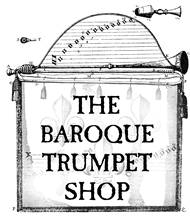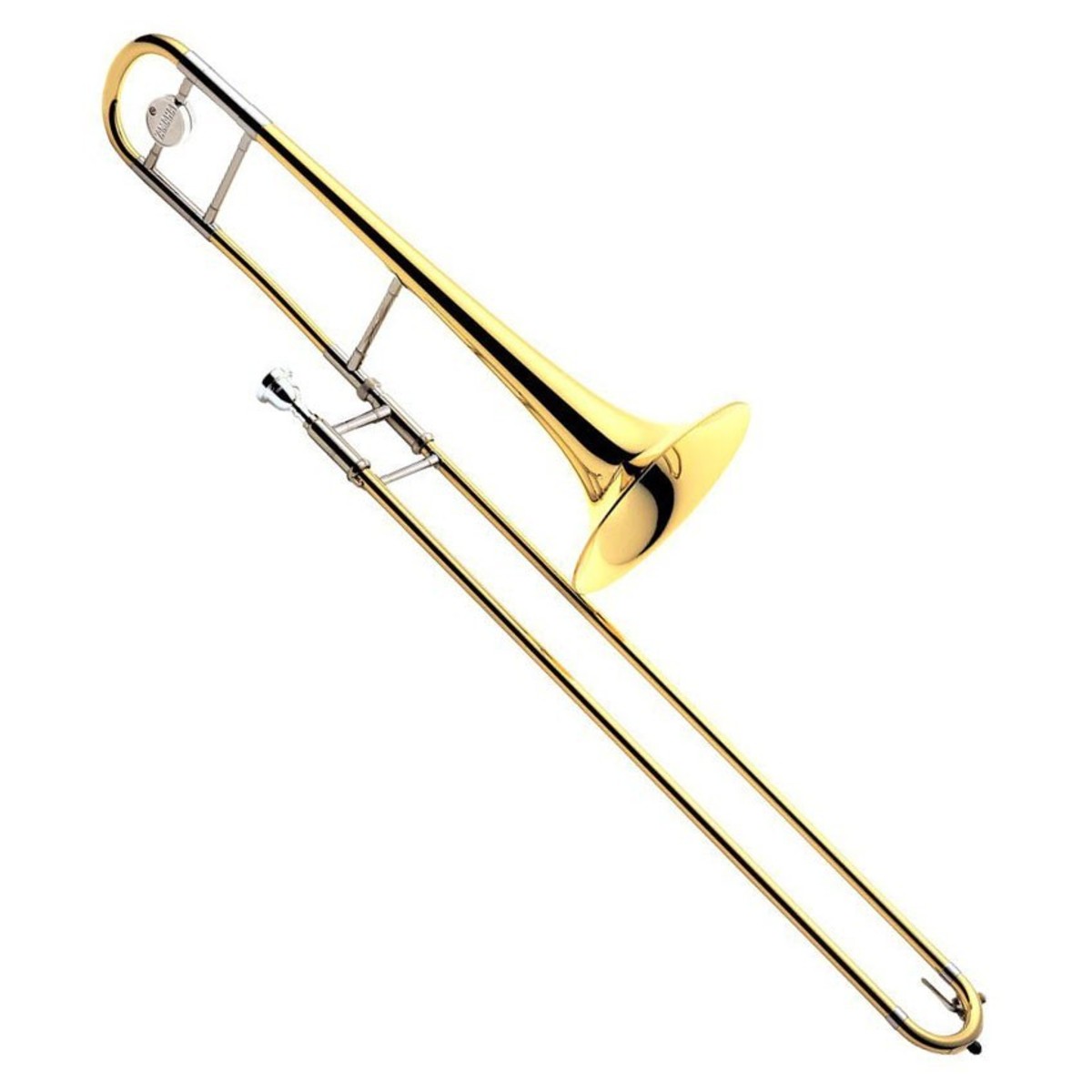I drop in and out of this forum according to whim or events, so if you've ever heard a shy cough from behind the shadows…
Everyone seems so expert with loadsa degrees, playing experience and musical literacy — though a negligible set of prejudices — that I am encouraged to ask for some help. If not here, where?
This morning, on Sunday Morning, RC played the Janacek Sinfonietta by a band I've never heard, of on original instruments. RC made much play of the impact of the contemporaneous instruments, notably the brass.
I've spent over 40 years getting my head round gargling natural horns, wooden flutes (you can't beat a golden flute, begorrah), Norrington soggy strings and so forth, but had no idea that the brass instruments of the 20s/30s could be so historically different in sound from now (or previously).
Can anybody elucidate? (Maybe Bbf — Brandt, Brauer Fraestro?)
I should add a few things things. First, I was aware of a very distinctive performance but couldn't recognise anything other than the actual performance: very town band and bucolic at points and stuck in treacle in others. Very glad to have heard it though, warts (treacle) an' all — in readiness for this post, three times now.
Secondly, I feel quite proprietorial about this piece. It was the intro music to a BBC Sunday god-slot prog called "Seeing and Believing", produced by R.T. "Peter" Brooks in the late 60s (?). The show featured folk like Marghanita Laski, that son of the manse David Frost, David Shepherd and others. The opening sequence showed jaggedly cut sequences of a sweating, black "grunt" in 'Nam, juddering with the recoil as the shell cases cascaded from his HMG, panned Sistine Chapel shots, 1956 Hungarian refugee pram footage and more, all over the opening brass of the Sinfonietta.
Thirdly (and whisper this heresy), it never seems to dovetail with the rest of Janacek and seems to have more resonances of Martinu, alongside Les Fresques.
But back to original instruments of the 20s…
I'd be grateful for any help.
Everyone seems so expert with loadsa degrees, playing experience and musical literacy — though a negligible set of prejudices — that I am encouraged to ask for some help. If not here, where?
This morning, on Sunday Morning, RC played the Janacek Sinfonietta by a band I've never heard, of on original instruments. RC made much play of the impact of the contemporaneous instruments, notably the brass.
I've spent over 40 years getting my head round gargling natural horns, wooden flutes (you can't beat a golden flute, begorrah), Norrington soggy strings and so forth, but had no idea that the brass instruments of the 20s/30s could be so historically different in sound from now (or previously).
Can anybody elucidate? (Maybe Bbf — Brandt, Brauer Fraestro?)
I should add a few things things. First, I was aware of a very distinctive performance but couldn't recognise anything other than the actual performance: very town band and bucolic at points and stuck in treacle in others. Very glad to have heard it though, warts (treacle) an' all — in readiness for this post, three times now.
Secondly, I feel quite proprietorial about this piece. It was the intro music to a BBC Sunday god-slot prog called "Seeing and Believing", produced by R.T. "Peter" Brooks in the late 60s (?). The show featured folk like Marghanita Laski, that son of the manse David Frost, David Shepherd and others. The opening sequence showed jaggedly cut sequences of a sweating, black "grunt" in 'Nam, juddering with the recoil as the shell cases cascaded from his HMG, panned Sistine Chapel shots, 1956 Hungarian refugee pram footage and more, all over the opening brass of the Sinfonietta.
Thirdly (and whisper this heresy), it never seems to dovetail with the rest of Janacek and seems to have more resonances of Martinu, alongside Les Fresques.
But back to original instruments of the 20s…
I'd be grateful for any help.
 , but I welcome your question - and look forward to reading a reply from our musically literate, instrumentally experienced and academically qualified co-forumites.
, but I welcome your question - and look forward to reading a reply from our musically literate, instrumentally experienced and academically qualified co-forumites.







Comment